Uganda’s roads present unique challenges that require drivers to adopt defensive driving techniques tailored to local conditions. From the bustling streets of Kampala to the rural highways connecting districts, understanding how to drive defensively can mean the difference between reaching your destination safely and becoming another traffic statistic.
Understanding Uganda’s Road Environment

Uganda’s road network consists of a mix of tarmacked highways, murram (gravel) roads, and urban streets that vary dramatically in condition. The country’s road infrastructure has improved significantly over the past decade, but challenges remain. Heavy rains during the wet seasons can create hazardous conditions, while dust during dry periods reduces visibility. Additionally, Uganda’s roads serve multiple users simultaneously – cars, motorcycles (boda bodas), bicycles, pedestrians, and even livestock in rural areas.
The traffic density in major cities like Kampala, Entebbe, and Mbarara creates additional complexity. Rush hour congestion is common, and the mixing of different vehicle types with varying speeds creates unpredictable traffic patterns. Understanding these conditions is the first step toward developing effective defensive driving strategies.
Core Principles of Defensive Driving in Uganda
Defensive driving in Uganda requires heightened awareness and proactive decision-making. The fundamental principle is to anticipate problems before they occur rather than simply reacting to them. This means constantly scanning the road ahead, checking mirrors regularly, and maintaining a safe following distance that accounts for Uganda’s mixed traffic conditions.
Patience becomes crucial in Uganda’s traffic environment. Aggressive driving behaviors like excessive honking, unsafe overtaking, and tailgating not only increase accident risk but also contribute to road rage incidents. Defensive drivers remain calm and courteous, understanding that arriving a few minutes later is preferable to not arriving at all.
Speed management is another critical component. While Uganda’s speed limits are 80 km/h on highways and 50 km/h in urban areas, defensive drivers adjust their speed based on actual conditions rather than posted limits. This means slowing down during rain, in heavy traffic, or when visibility is reduced.
Navigating Urban Traffic Challenges
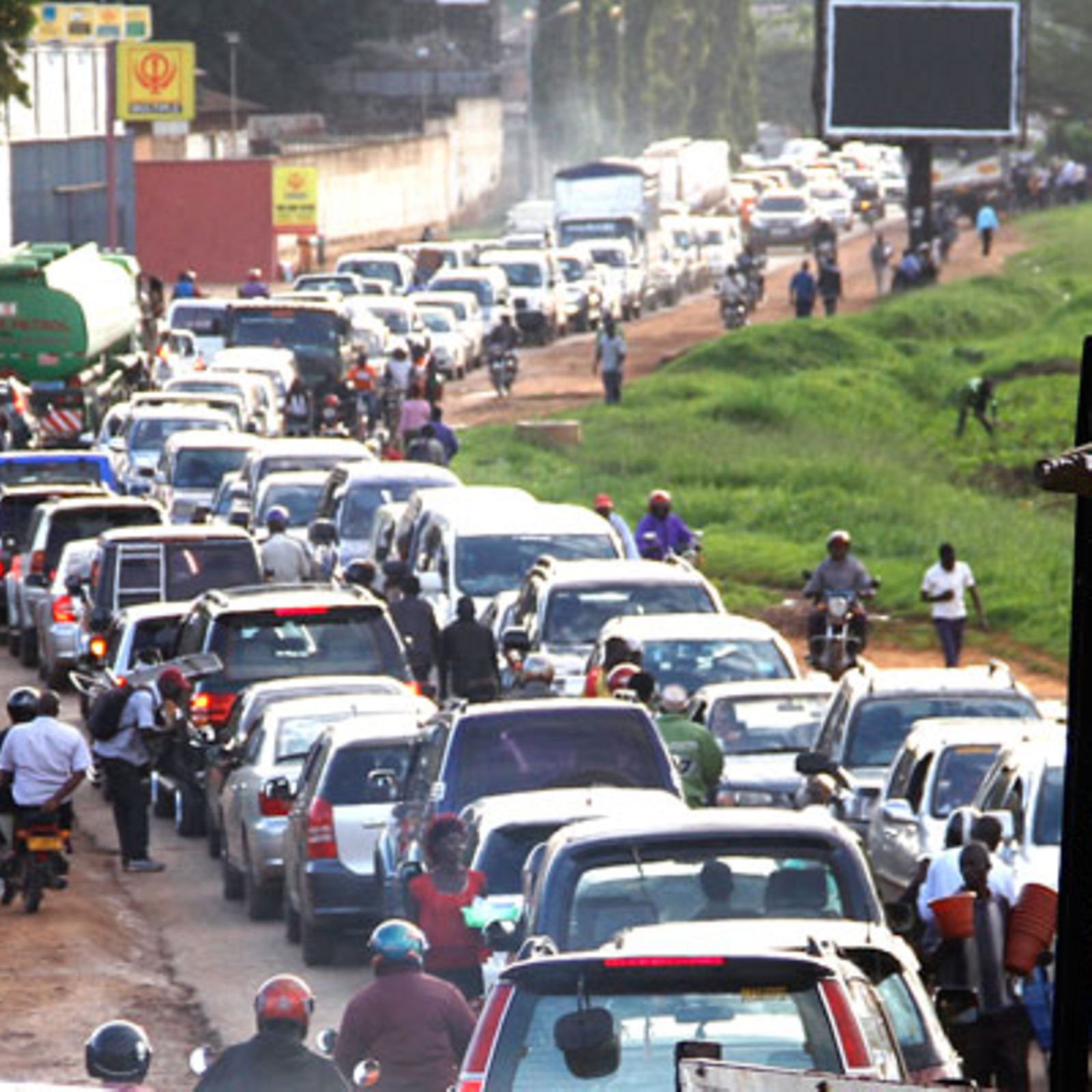
Urban driving in Uganda presents specific challenges that require specialized defensive techniques. Boda boda operators often weave through traffic and may not follow conventional traffic rules, making it essential to maintain 360-degree awareness. When driving in cities, always check blind spots carefully before changing lanes and expect motorcycles to appear unexpectedly.
Pedestrians in urban areas often cross streets at unmarked locations, particularly in busy commercial districts. Defensive drivers slow down in areas with high pedestrian activity and remain alert for people stepping into traffic. Markets, schools, and religious institutions are particular areas of concern where pedestrian activity is high.
Roundabouts in Uganda can be particularly challenging for visitors unfamiliar with local driving customs. The key is to yield to traffic already in the roundabout while being assertive enough to merge when safe gaps appear. Signal your intentions clearly and be prepared for other drivers who may not follow standard roundabout procedures.
Highway and Rural Road Safety

Long-distance driving in Uganda requires different defensive strategies. Highway speeds are higher, but road conditions can change rapidly. Defensive drivers maintain greater following distances on highways to allow for sudden stops or obstacles. This is particularly important when following large trucks or buses that may obscure your view of the road ahead.
Overtaking on Uganda’s highways requires extreme caution. Many roads have only two lanes, and hills or curves can limit visibility of oncoming traffic. Only overtake when you have a clear view of the road ahead and can complete the maneuver safely. If you’re unsure, it’s better to wait for a better opportunity.
Rural roads often have additional hazards including livestock, agricultural vehicles, and varying road surfaces. Defensive drivers reduce speed when entering rural areas and remain alert for unexpected obstacles. During harvest seasons, tractors and other slow-moving agricultural equipment may be encountered on main roads.
Weather-Related Defensive Driving
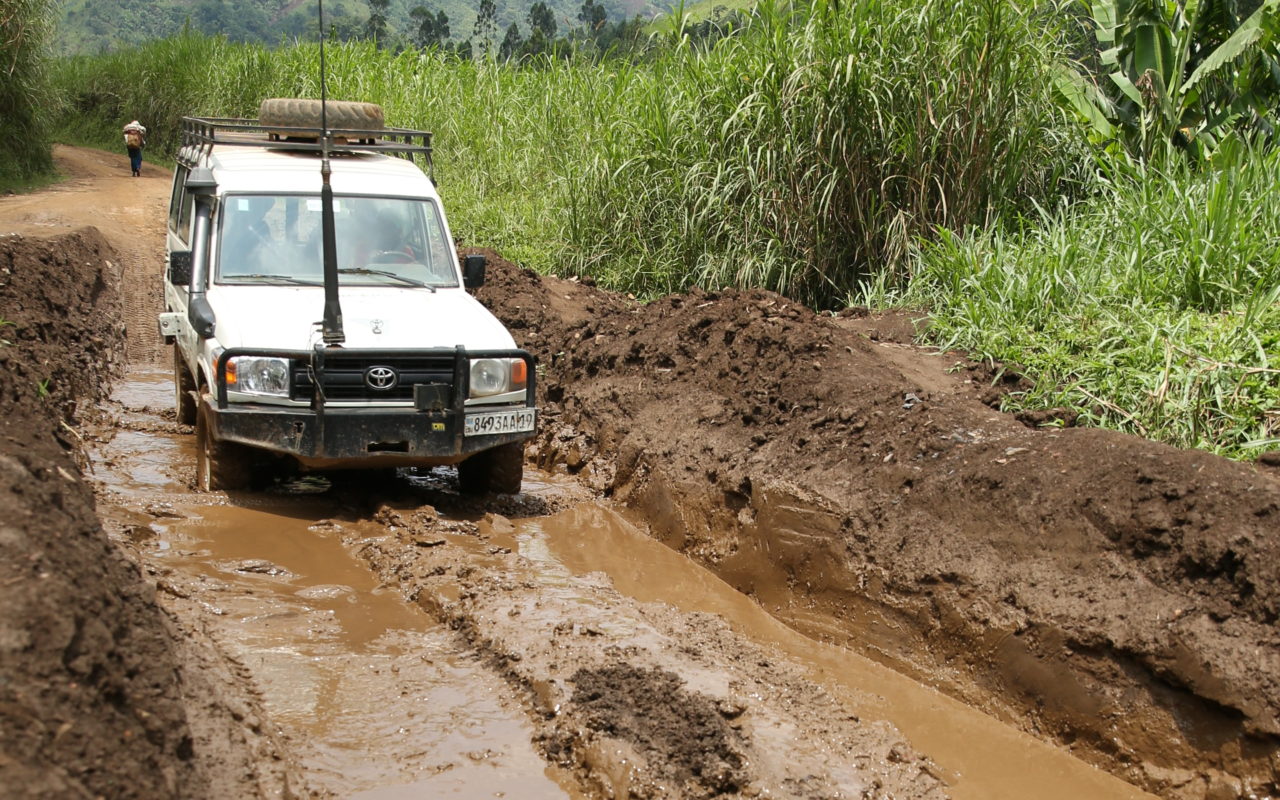
Uganda’s tropical climate creates specific driving challenges that require defensive adaptation. During the rainy season, roads become slippery and visibility decreases significantly. Defensive drivers reduce speed during rain, increase following distances, and use headlights even during daytime hours to improve visibility.
Flash flooding can occur rapidly during heavy rains, particularly in low-lying areas. Never attempt to drive through flooded roads, as water depth can be deceptive and currents stronger than they appear. If you encounter flooding, find an alternative route or wait for water levels to recede.
The dry season brings its own challenges, particularly dust that can reduce visibility dramatically. When driving on murram roads or behind other vehicles on dusty roads, maintain extra distance and use headlights to improve your visibility to other drivers.
Interacting with Other Road Users
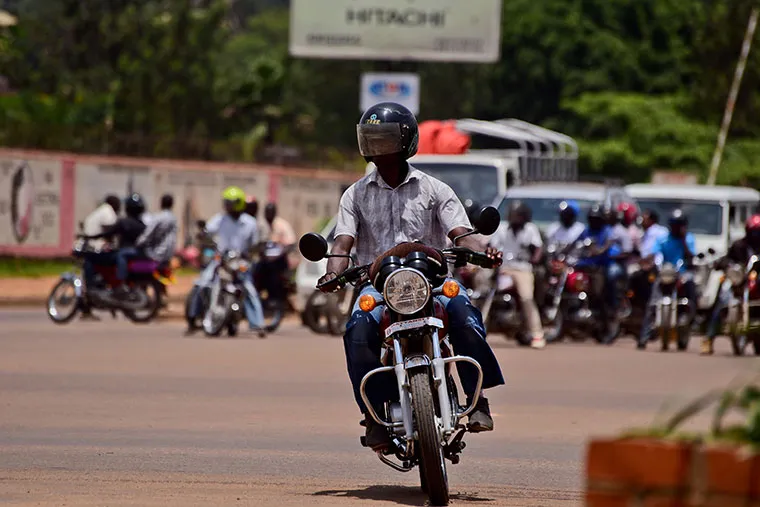
Uganda’s roads are shared by diverse users, each with different capabilities and limitations. Defensive drivers learn to anticipate the behavior of different road users and adjust accordingly. Boda boda operators, for example, may make sudden stops or turns to pick up passengers, requiring drivers to maintain safe distances and avoid following too closely.
Large trucks and buses may have limited visibility around their vehicles, creating blind spots that defensive drivers avoid. When following heavy vehicles, stay back far enough to see their mirrors – if you can’t see the mirrors, the driver likely can’t see you.
Cyclists and pedestrians are particularly vulnerable road users. Defensive drivers give them extra space and consideration, recognizing that they may not have the same protection in case of an accident. This is especially important near schools, markets, and residential areas where pedestrian activity is high.
Vehicle Maintenance and Preparation
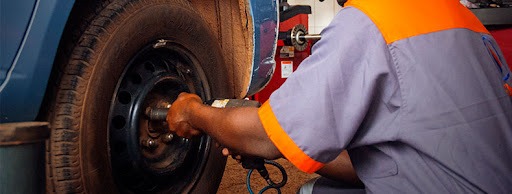
Defensive driving extends beyond driving techniques to include proper vehicle maintenance. In Uganda’s challenging road conditions, regular maintenance becomes crucial for safety. This includes checking tire condition and pressure, ensuring brakes are functioning properly, and maintaining adequate fluid levels.
Tire maintenance is particularly important given the mix of road surfaces in Uganda. Tires should have adequate tread depth for both wet and dry conditions, and spare tires should be in good condition and properly inflated. Brake systems should be inspected regularly, as mountain roads and stop-and-go traffic can put additional stress on braking components.
Emergency equipment should be carried at all times, including a first aid kit, emergency triangles, flashlight, and basic tools. During long journeys, additional water, food, and communication devices may be necessary, particularly when traveling through remote areas.
Technology and Modern Defensive Driving
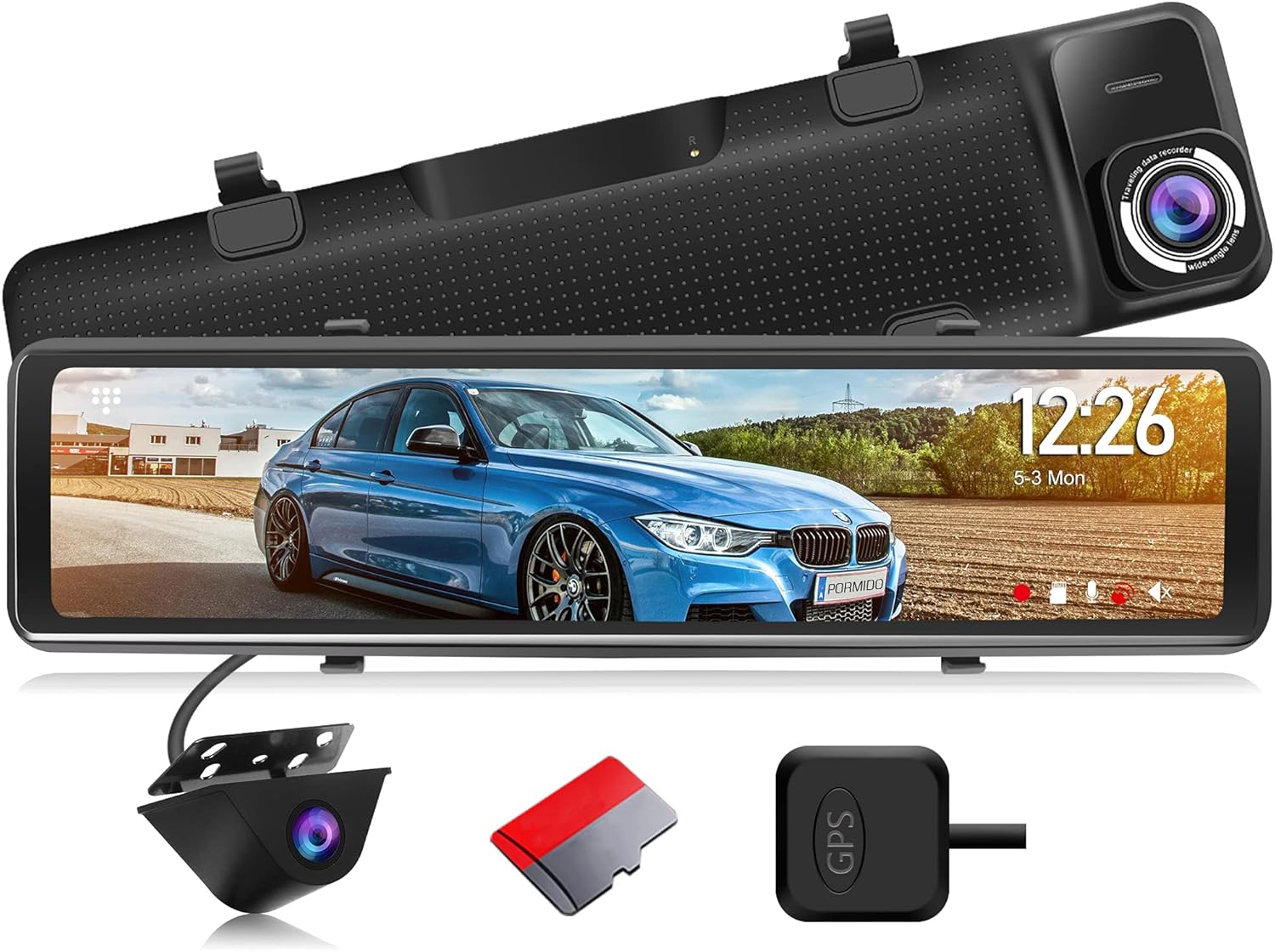
Modern technology can enhance defensive driving capabilities in Uganda. GPS navigation systems help drivers plan routes and avoid dangerous areas or poor road conditions. However, drivers should familiarize themselves with routes beforehand and not rely solely on technology, as GPS systems may not always reflect current road conditions.
Dashcams are becoming increasingly popular among Uganda drivers as they provide evidence in case of accidents and can encourage better driving behavior. Mobile phone emergency apps can provide rapid access to emergency services, though drivers should ensure phones are properly mounted and used hands-free.
Emergency Response and Accident Prevention

Despite the best defensive driving practices, emergencies can still occur. Defensive drivers prepare for various scenarios and know how to respond appropriately. This includes understanding how to handle vehicle breakdowns, medical emergencies, and accident situations.
In case of breakdown, move the vehicle off the road if possible and use emergency triangles to warn other drivers. If breakdown occurs on a highway, family members or passengers should exit the vehicle and stand away from traffic while waiting for assistance.
Understanding basic emergency medical procedures can be lifesaving in Uganda’s context, where emergency response times may be longer than in other countries. Basic first aid training and carrying appropriate medical supplies can make a significant difference in emergency situations.
Legal and Insurance Considerations
Defensive driving in Uganda also involves understanding legal requirements and insurance implications. All drivers must carry valid insurance and vehicle registration documents. Understanding right-of-way rules and traffic regulations helps prevent accidents and legal complications.
In case of accidents, drivers should know proper procedures for reporting and documenting incidents. This includes contacting police when required, exchanging information with other parties, and documenting the scene for insurance purposes.
Building a Defensive Driving Culture
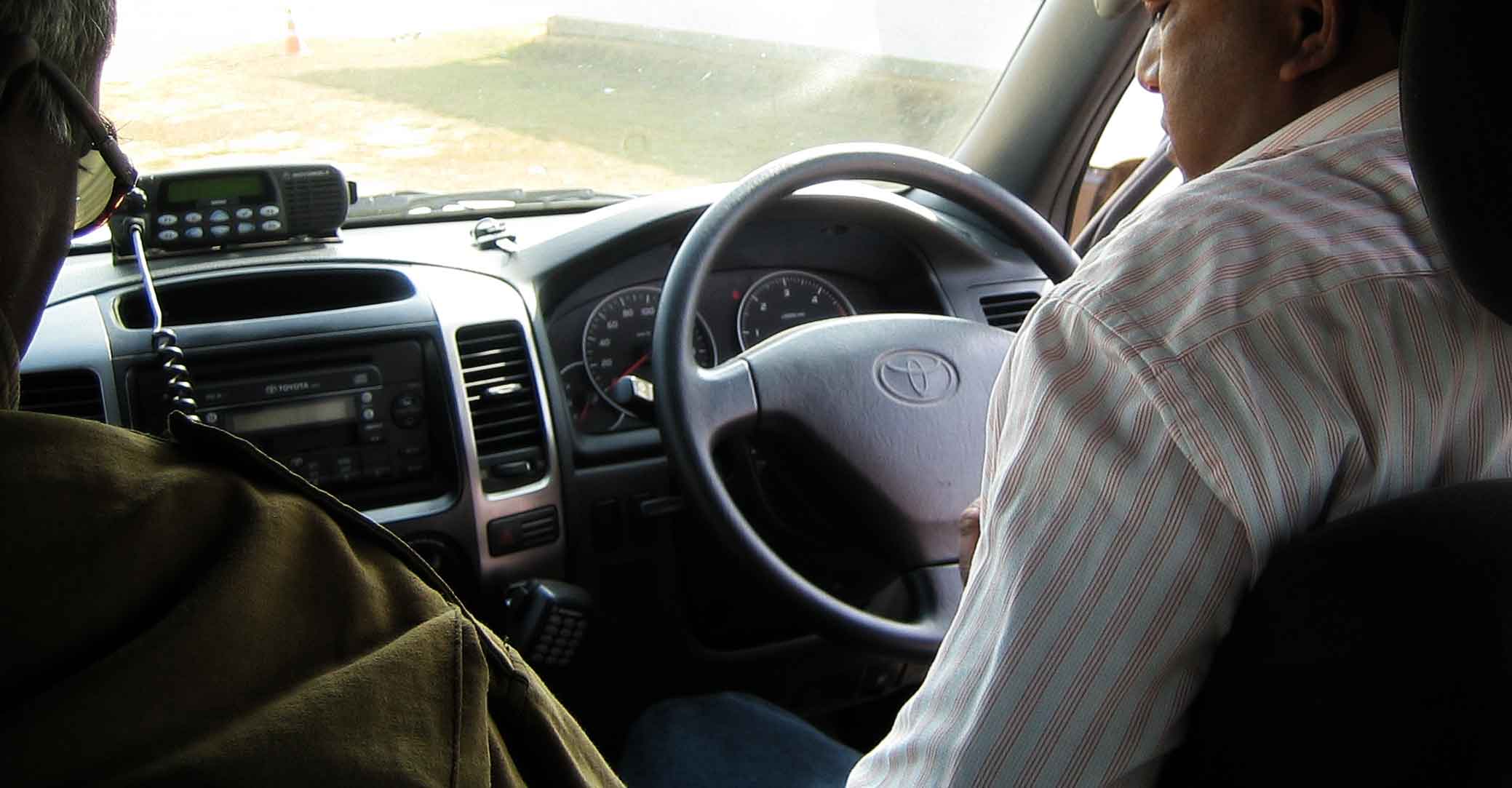
Individual defensive driving practices contribute to broader road safety culture in Uganda. This means setting a positive example for other drivers, particularly new drivers who may learn from observing experienced drivers’ behavior.
Supporting road safety initiatives and education programs helps create a culture where defensive driving becomes the norm rather than the exception. This includes advocating for better road infrastructure, supporting driver education programs, and promoting awareness of road safety issues.
Conclusion
Defensive driving in Uganda requires adaptation to unique local conditions while maintaining universal safety principles. Success depends on constant awareness, appropriate speed management, patience, and respect for other road users. By understanding Uganda’s specific road challenges and developing appropriate defensive strategies, drivers can significantly reduce their risk of accidents while contributing to overall road safety.
The key to successful defensive driving in Uganda is recognizing that conditions can change rapidly and being prepared to adapt accordingly. Whether navigating busy urban streets, traveling long distances on highways, or dealing with challenging weather conditions, defensive drivers remain alert, prepared, and committed to safety above all else.
Remember that defensive driving is not just about protecting yourself – it’s about protecting all road users and contributing to a safer transportation environment for everyone in Uganda. Through individual commitment to defensive driving practices and collective efforts to improve road safety culture, Uganda’s roads can become safer for all who use them.
Planning to drive in Uganda on self drive adventure and would love a suitable rental car for the trip- we at Uganda Car Rental Services will be more than happy to offer you our services. Simply contact us now by sending an email to info@ugandacarrentalservices.com or calling us on +256-700135510 to speak with the reservations team.
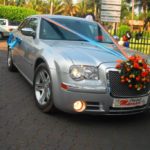
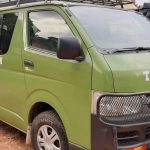
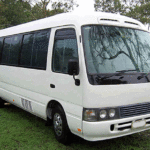
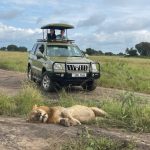
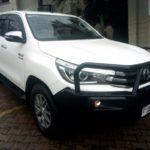
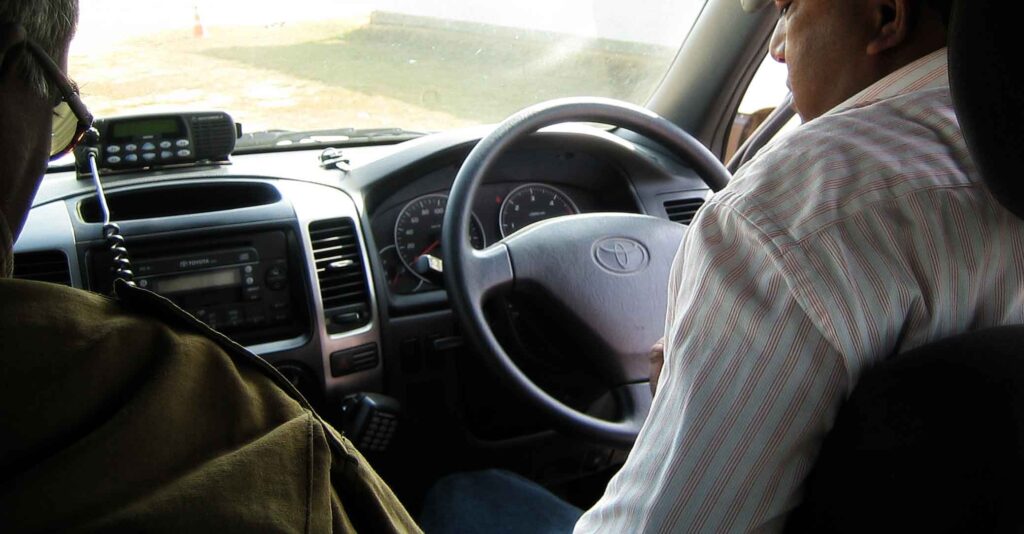




Related Articles
Uganda Welcomes Eight White Rhinos from South Africa
Top Tourist Attractions to Visit in Eastern Uganda
A Guide to Stress-Free Christmas Car Rentals In Uganda